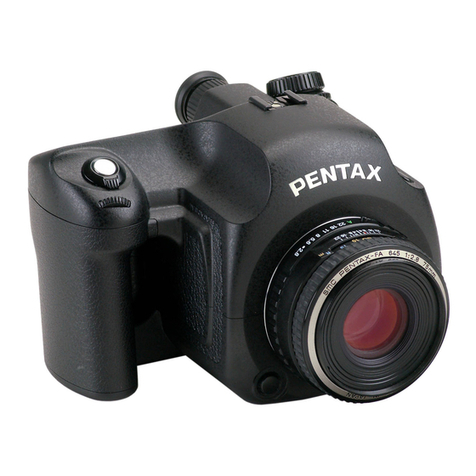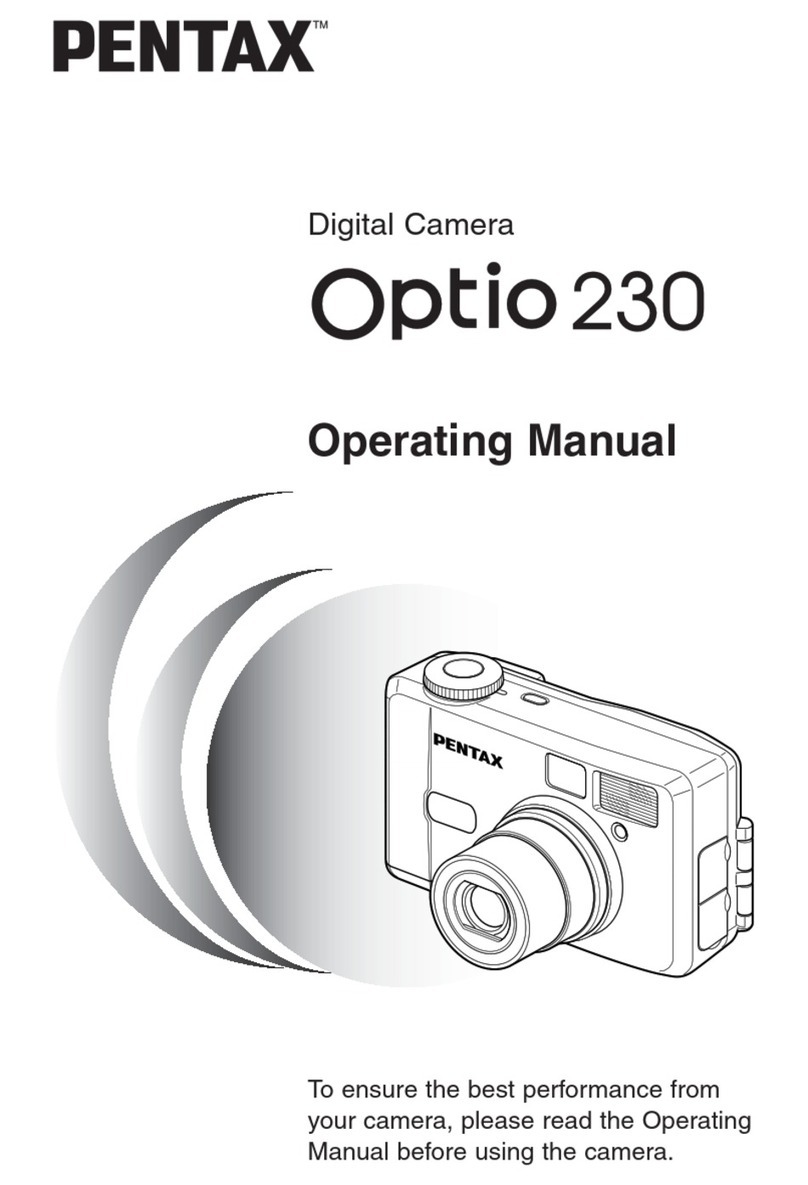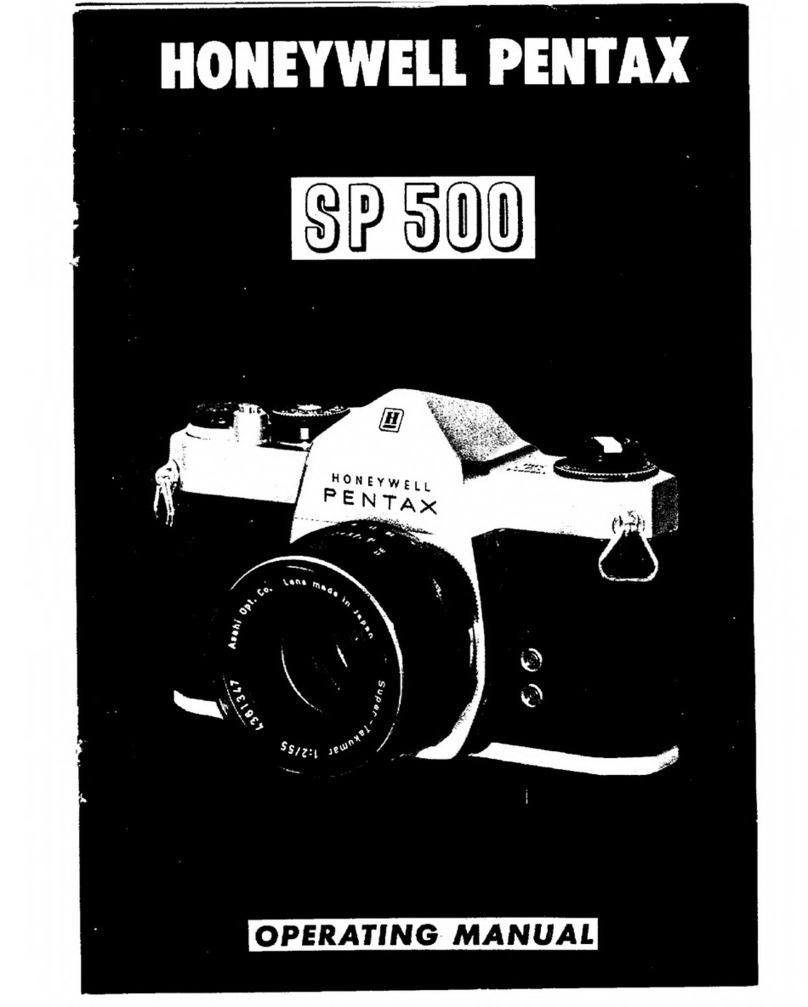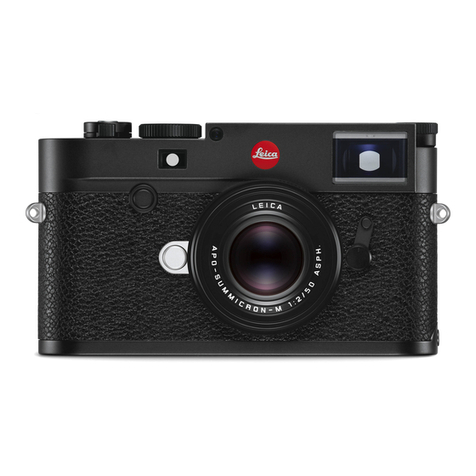Pentax IQZoom 28-W User manual
Other Pentax Digital Camera manuals

Pentax
Pentax Optio RZ10 User manual
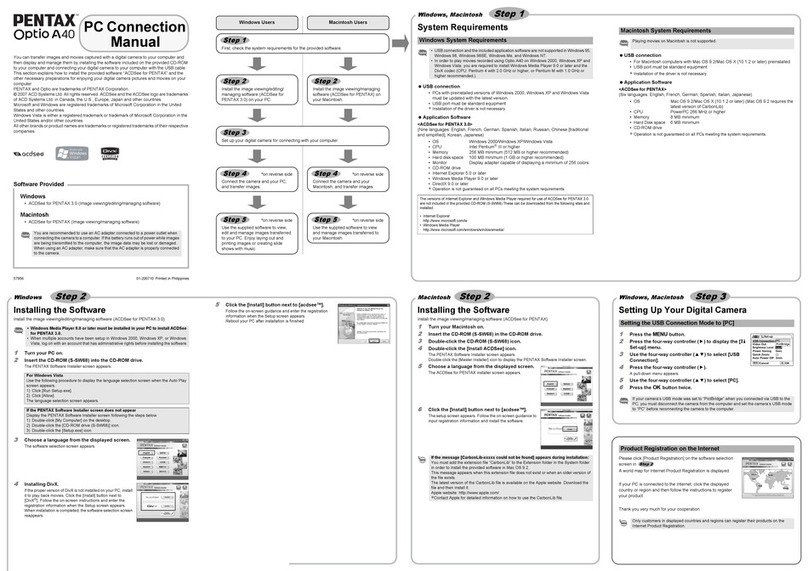
Pentax
Pentax Optio A40 Instruction manual
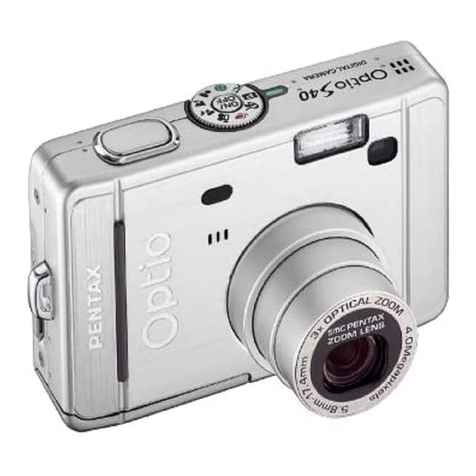
Pentax
Pentax Optio S40 - Optio S40 4MP Digital Camera User manual
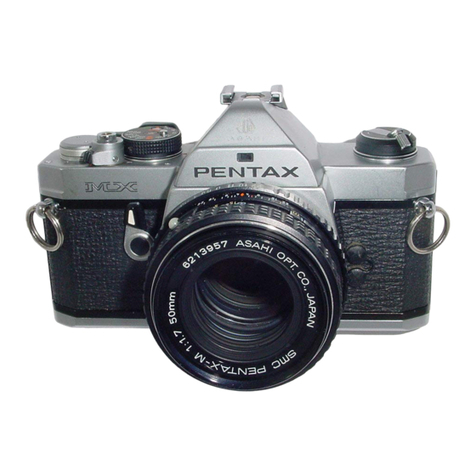
Pentax
Pentax Data MX User manual
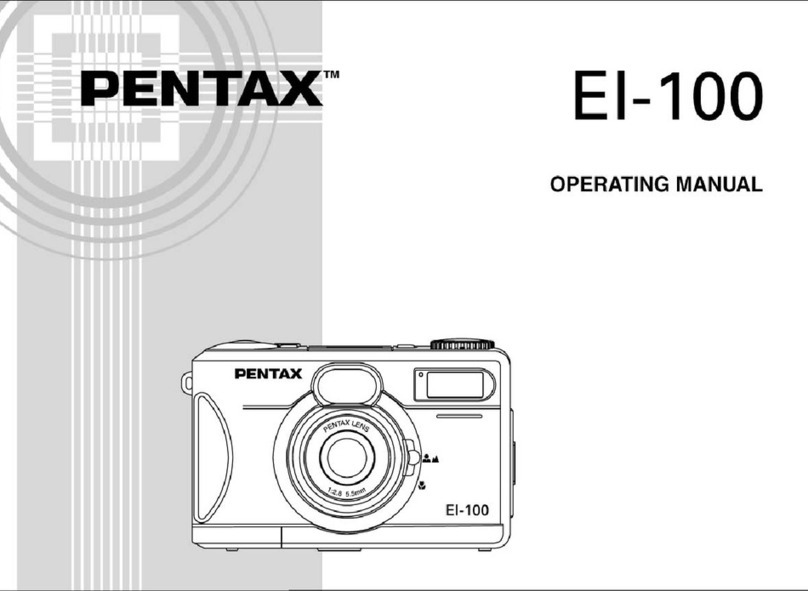
Pentax
Pentax EL-100 User manual
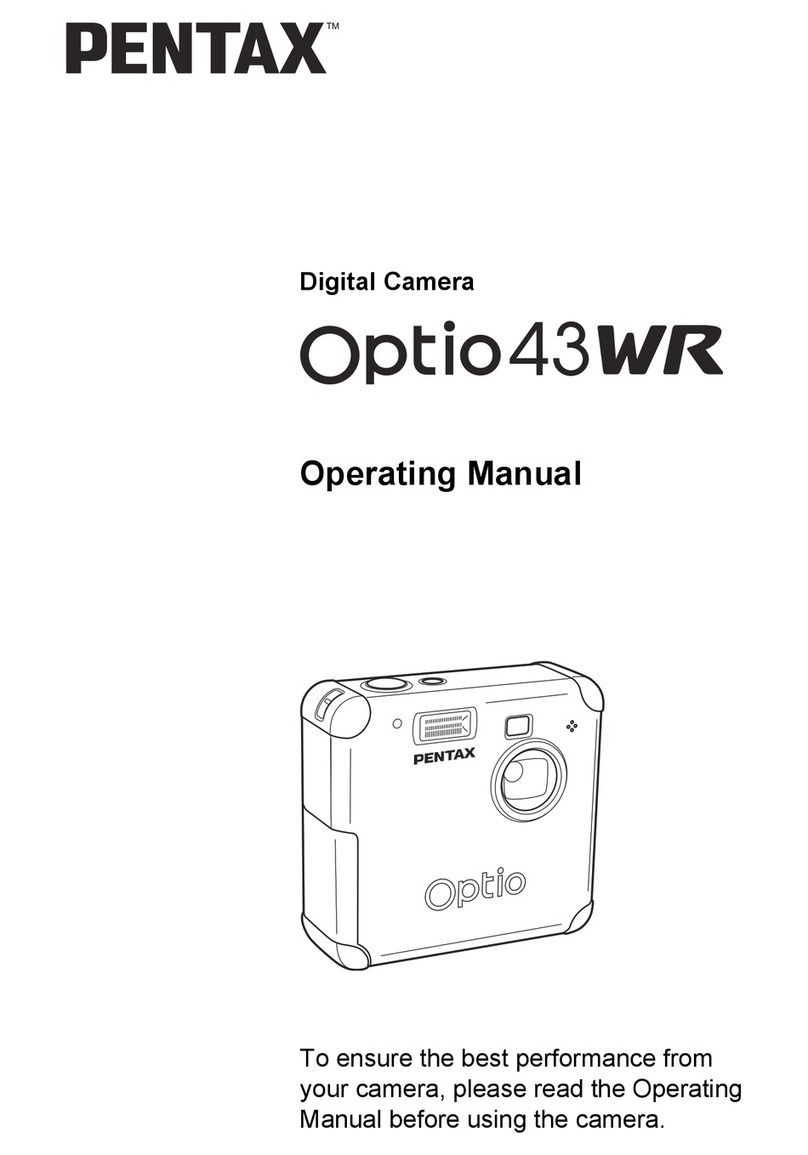
Pentax
Pentax Optio 43WR User manual
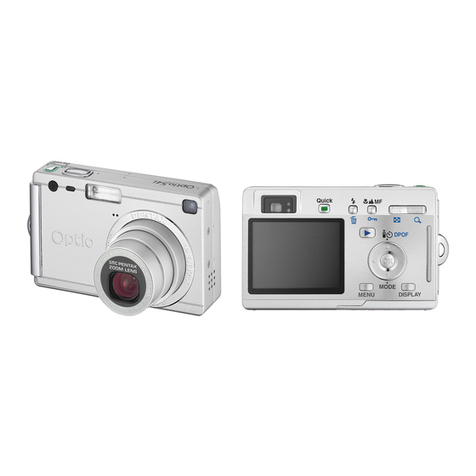
Pentax
Pentax Optio S4i - Optio S4i 4MP Digital Camera Instruction manual

Pentax
Pentax 645D User manual
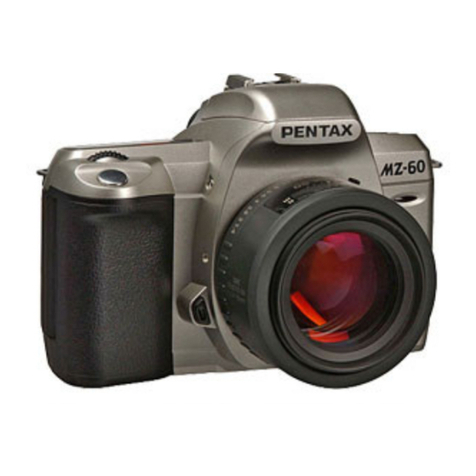
Pentax
Pentax MZ-60 User manual
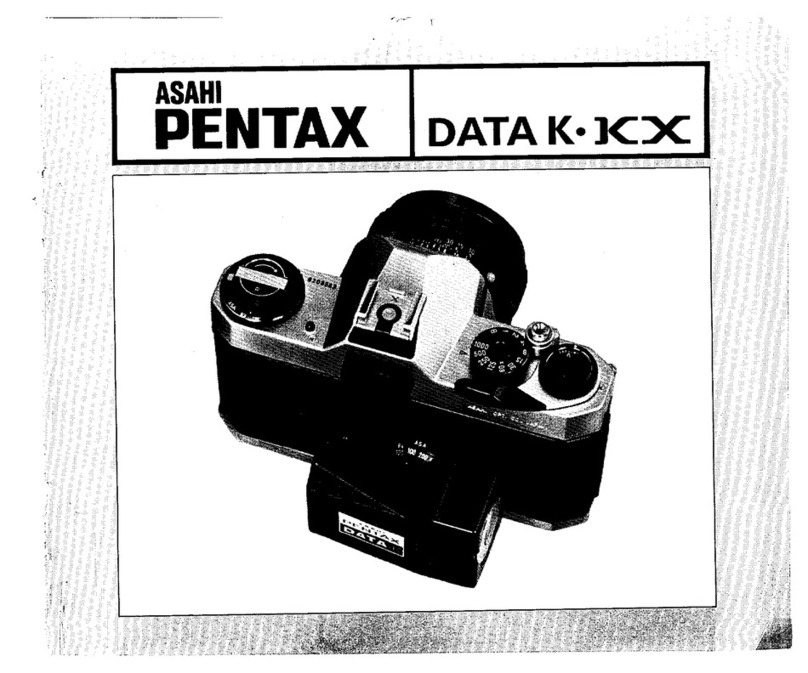
Pentax
Pentax K-X User manual

Pentax
Pentax Optio S1 User manual
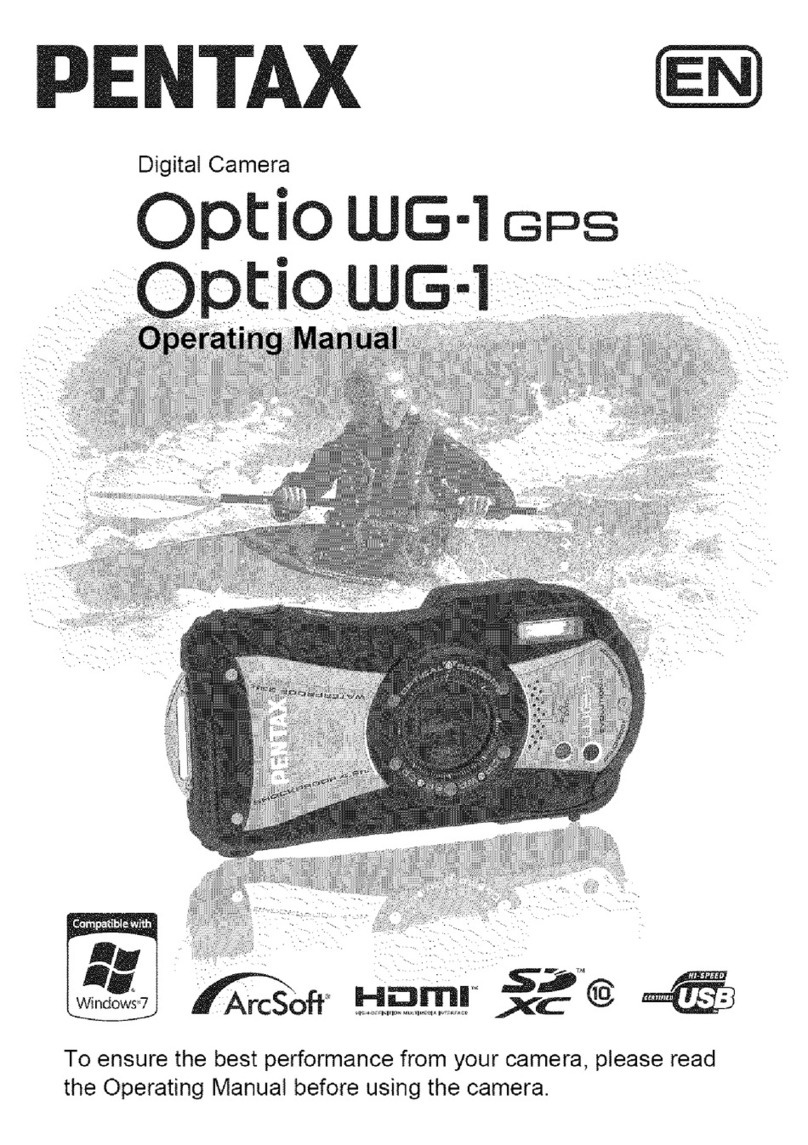
Pentax
Pentax Optio WG-1 GPS Gray User manual

Pentax
Pentax Optio LS 465 User manual
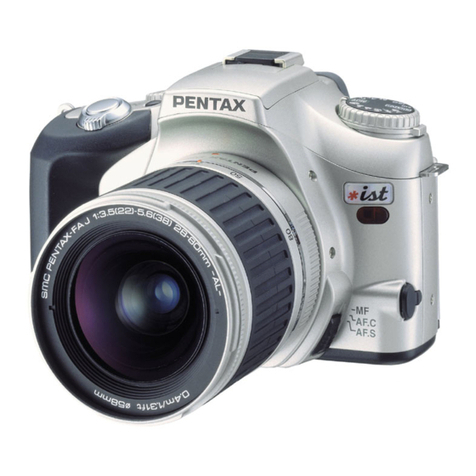
Pentax
Pentax *ist User manual
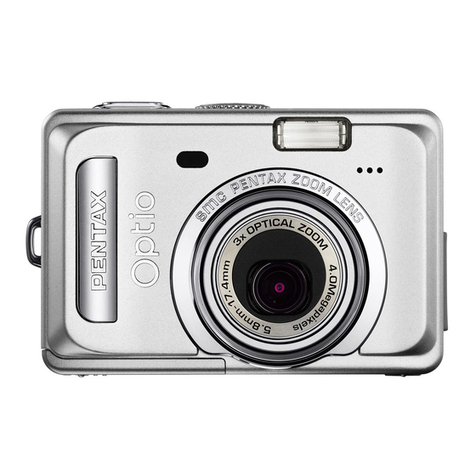
Pentax
Pentax S45 User manual

Pentax
Pentax K 100D Super User manual

Pentax
Pentax Data MX User manual
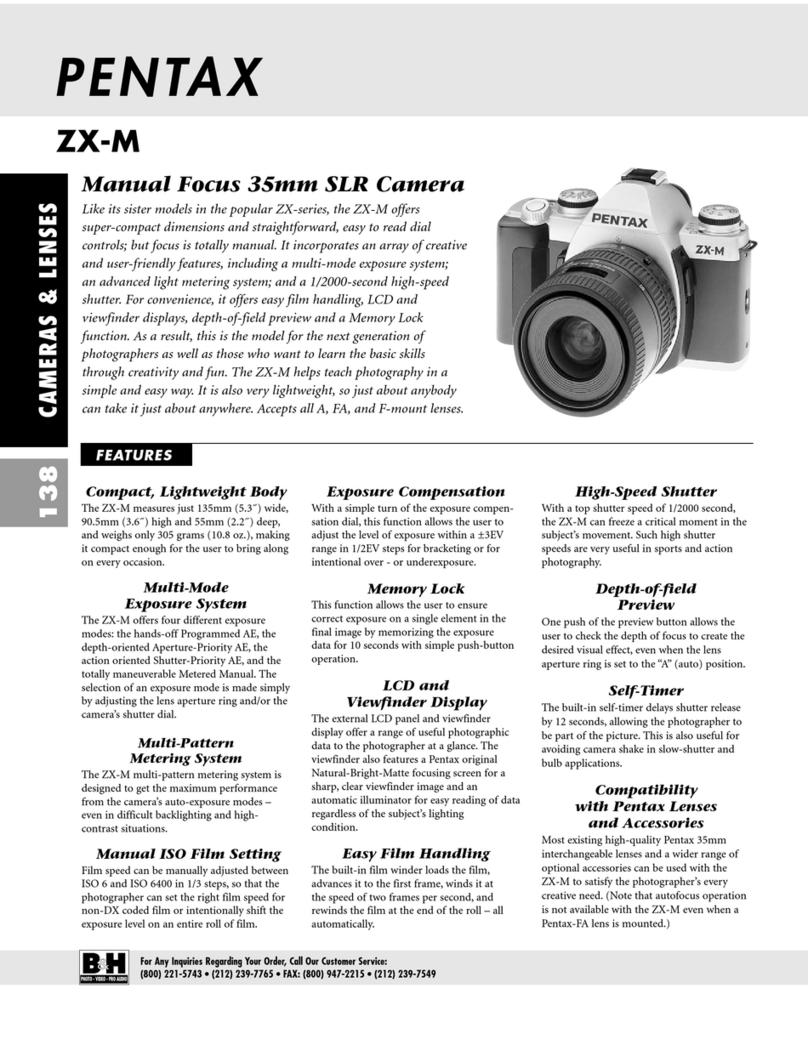
Pentax
Pentax ZX-M User manual

Pentax
Pentax ist D User manual

Pentax
Pentax PC-50 DATE User manual

